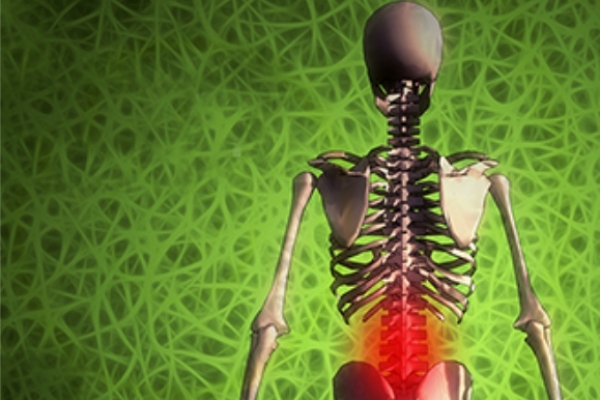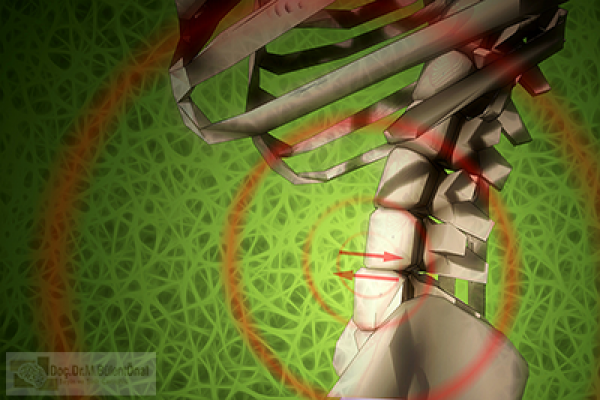LUMBAR SPONDYLOLİSTHESES / SPONDYLOPATHİES
Lumbar Spondylolistheses - Lumbar Arthritis Surgeries
Using a walking stick after a certain age is not found strange in the society. As we get older, our parents' use of walking stick, and their inability to maintain their normal lives wthout support seem normal to us. We have even witnessed that people of advanced age walk bending forward more and more gradually, they stop walking, sit and rest after walking a certain distance, and severe lumbar pains and leg pains develop when they move.
In fact, if we consider the brain as a generator, the spinal cord that is the extension of the brain forms a giant network that distributes the electricity generated above to the entire body through electrical wiring. Movement is achieved in the muscles, to which the electricity reaches through the cables. Roughly speaking, is one of these cables is cut off, electricity can not be transmitted to the area where the cable reaches, and consequently, the area gets paralyzed.
With the increasing age, arthritis (spondylosis) occurs in our spine. Bone losses, hernias and their ossification, displacement between vertebrae (spondylolisthesis), or joint looseness create a pressure on the spinal cord and the nerve roots extending from this organ, i.e. the electric cables. Such pressures will cause radical pains (severe pain felt on the arms or legs), neurogenic claudication (Sitting and resting after a short-distance walking) or losses of strength in our limbs, and loss of muscles (partial-total paralysis).
This condition usually occurs in female patients over 65 years of age. The reason for the gender difference is the fact that osteoporosis appears more commonly in women due to hormonal effects.
Sometimes lumbar spondylolistheses that appear in consequence of falling down and accidents or bone loss (osteoporosis) or genetic diseases cause pressure and pain on the spinal cord, especially when moving, and the patients suffering this can also be young people.
In our society, patients consult a physician with hearsay information. They have been previously told not to have an operation; otherwise, they would be paralyzed and bedridden. However, the patient can be enabled to walk long distance by means of decompressive (relaxing) surgical procedures to be performed before the areas, where electricity is provided difficultly and gets decreased gradually, do not get completely damaged, and before muscle loss is not experienced there due to myolysis (atrophy. Such treatments are more beneficial for patients who consult a physician in an early period, compared to those who are late in this regard, whose walking distance has highly decreased, and who have a damaged spinal cord/nerve root and loss of muscle.
Surgery is for the purpose of relieving the spinal cord and nerve roots. In surgical procedures called laminectomy, which are performed for this purpose, usually involve the rmoval of the bone structure that forms the back part of the spine for liberating the spinal cord. After lumbar spondylolistheses/fractures and long-distance laminectomies, a stabilization process popularly known as plating is carried out with intent to enable the patient to keep his/her spine upright and bear his/her weigh.
Stabilization is actually a highly safe surgial procedure when performed by physicians experienced in spinal surgery, and when X-rays are used during surgery. Patients are admitted to the hospital 1 day before surgery and preoperative tests are completed. Operations last 2-2.5 hours on average, and the patient wearing a corset is mobilized in the first morning after surgery. the patient is discharged from the hospital the next day,and begins to walk after a 10-day rest. In successful cases, patients are observed to increase their walking distances 4 to 5 times after surgery and keep walking such distances for many years.







